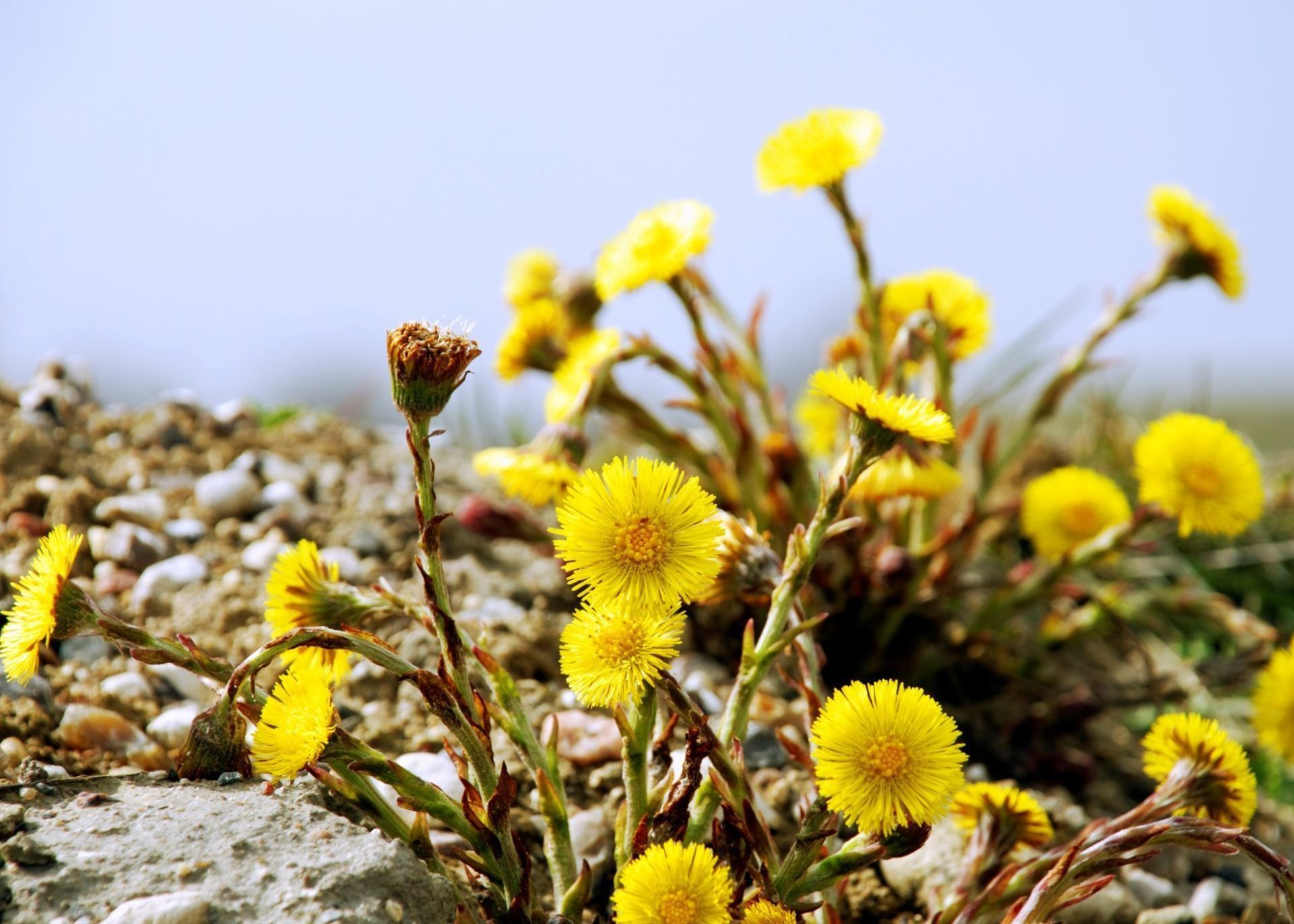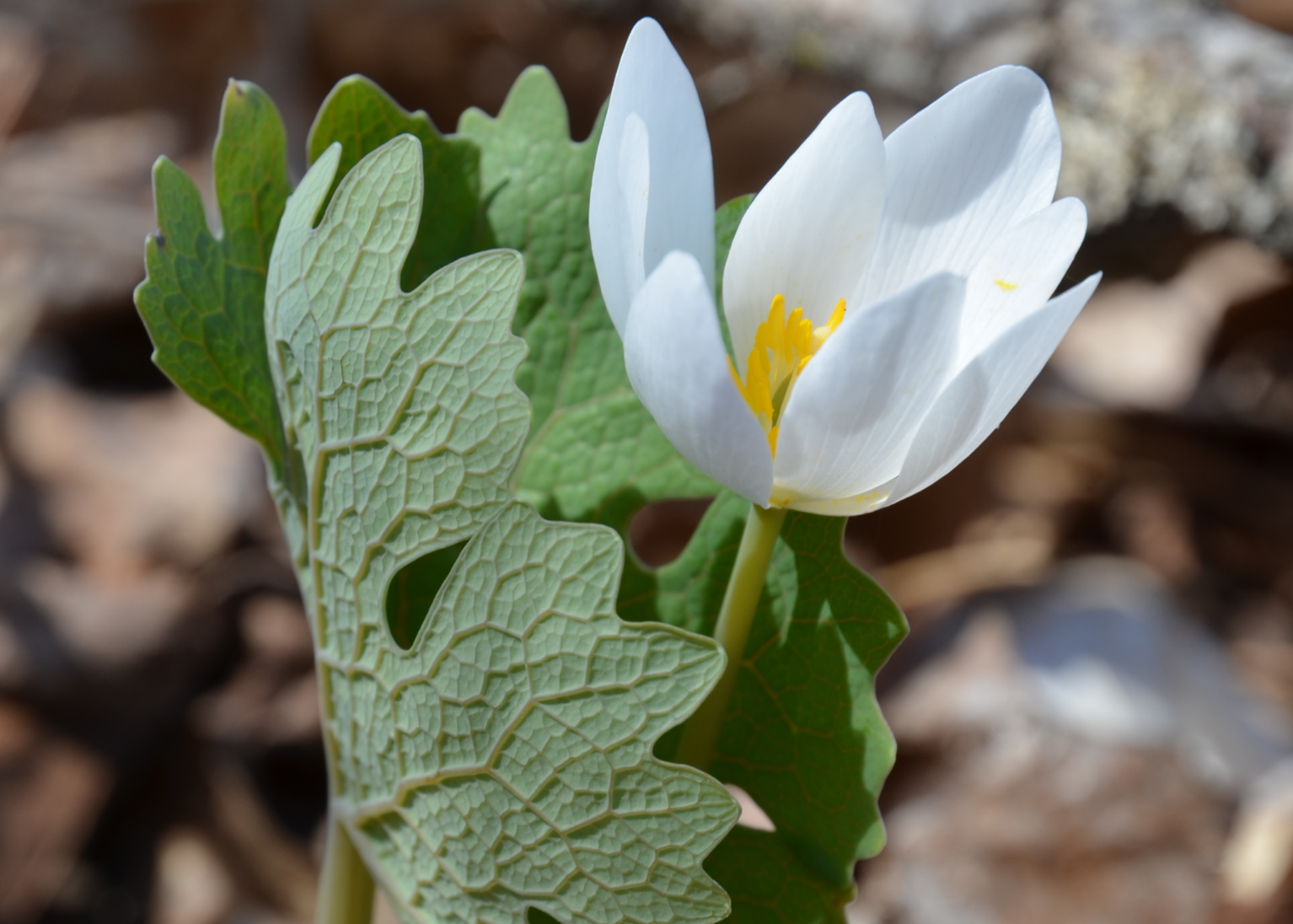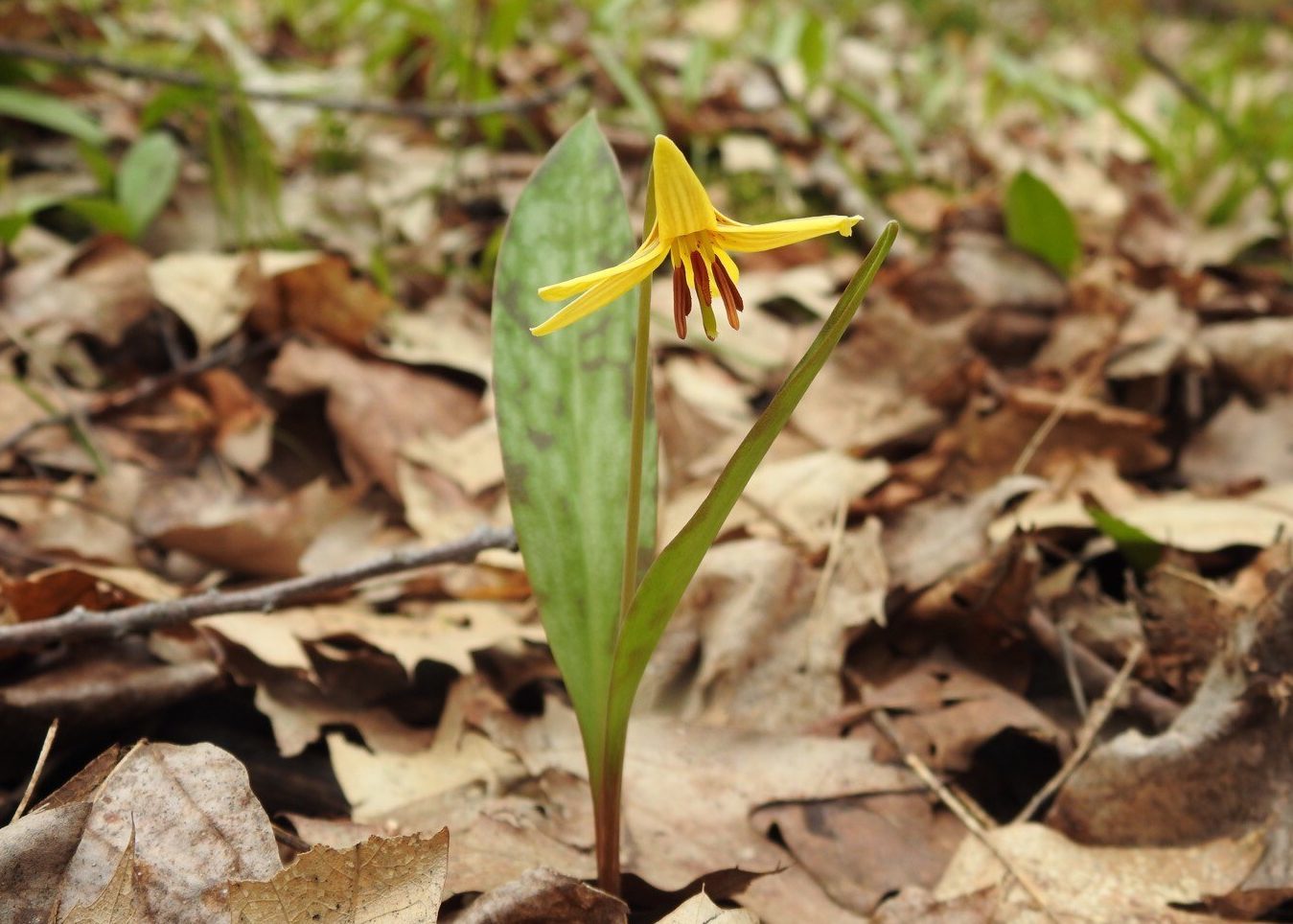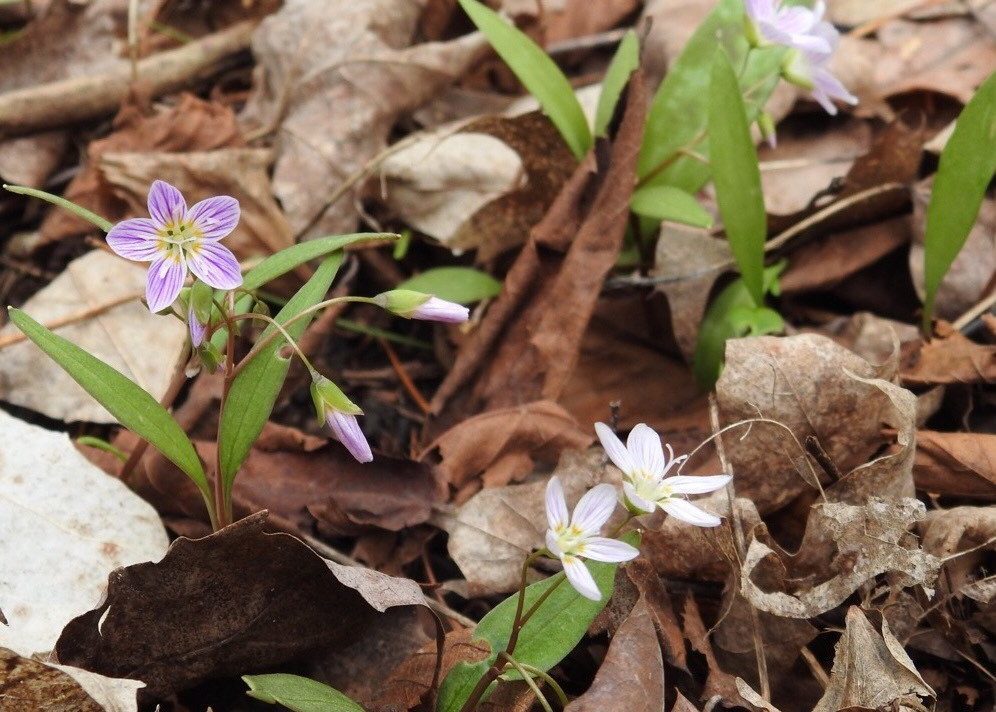Each year, from the woods of Gatineau Park to the forests of the Greenbelt, our lands become a sort of stage featuring one of the most beautiful performances: the emergence of spring wildflowers.
These ephemeral flowers bloom in early spring, before the growth of leaves on the trees. They capture sunlight before it is blocked by the trees in full leaf.
Discover five types of flowers that carpet the forest floors from March to May in Ottawa-Gatineau — to our delight and to that of the hoards of pollinating insects.
Coltsfoot

Bloom period: March to May
If warmer temperatures come early, you may even see this flower poking through the snow in March. For that reason, it is considered to be the flower that announces the arrival of spring. This early flower can be found on banks eroded by streams, as well as along roadsides.
Don’t confuse this flower with a dandelion. Unlike dandelions, coltsfoots flower before they grow leaves, and they bloom earlier in the spring than dandelions do.
An interesting fact: This flower has medicinal properties, and is used as a remedy for coughs, sore throats and other cold symptoms.
Bloodroot

Bloom period: Late March to May
Does the fact that this flower is white surprise you? Actually, the bloodroot gets its name from the red juice produced by its root. This ephemeral flower quickly loses its petals if exposed to the wind. Because bloodroot is also a species at risk, it is important to observe it from a distance, and not touch it or pick it.
An interesting fact: This large white flower opens only for a few hours per day and only when the sun is shining. The rest of the time, it remains enwrapped and protected by its large, lobed leaf.
Yellow trout lily

Bloom period: April to May
Also called dogtooth violet, the yellow trout lily is another species that blooms early. It can be observed almost as soon as the snow starts melting and the ground starts to warm up.
The leaves of this ephemeral wildflower are mottled with spots of greyish brown, which make them look a bit like the skin of a trout. Its petals point downward, which make it easier for ants to access. In fact, the nutrient-rich seeds of the yellow trout lily attract ants, which in turn take the seeds underground to their colonies, helping the seeds to germinate.
An interesting fact: In the past, First Nations peoples used the yellow trout lily for chest pains. The fresh leaves of the flower were made into a paste and then applied as a poultice on swellings and ulcers.
Carolina spring beauty

Bloom period: April to May
The delicate white and pinkish flowers of the Carolina spring beauty are very pretty. Although people may find the flower attractive, even more important is the fact that it is attractive to pollinator insects. This springtime plant entices insects to come closer to investigate. Even the light pink lines on the petals lead them directly to the pollen.
An interesting fact: To reproduce, the Carolina spring beauty can eject seeds up to 60 cm when its capsule fruit breaks open.
Red trillium

Bloom period: Late April to early May
Canada’s Capital is home to many species of trillium. These flowers, which prefer woodland areas, are fairly easy to recognize. In general, trilliums have
- three petals, which are white or red, and
- a whorl of three broad, flat leaves.
The red trillium is distinguished by its foul odour — which is not at all like the sweet perfume you might expect from a beautiful wildflower. In fact, the red trillium smells like rotting flesh. Trilliums are pollinated by flies, and have evolved in this way to attract these pollinating insects.
An interesting fact: The colour of the red trillium — a deep, purplish red that is reminiscent of carrion — is another feature that helps attract flies.
Now you’ll be able to identify some of the region’s spring wildflowers. These ephemeral plants play an important role their ecosystems, so please observe them from a distance, and let them grow.
Another sure sign of spring: animals spend more time out and about. Check out what spring means for wildlife.
Enjoy the show!